1969 Chevrolet Camaro Custom 2-Door Hardtop "The Mule"
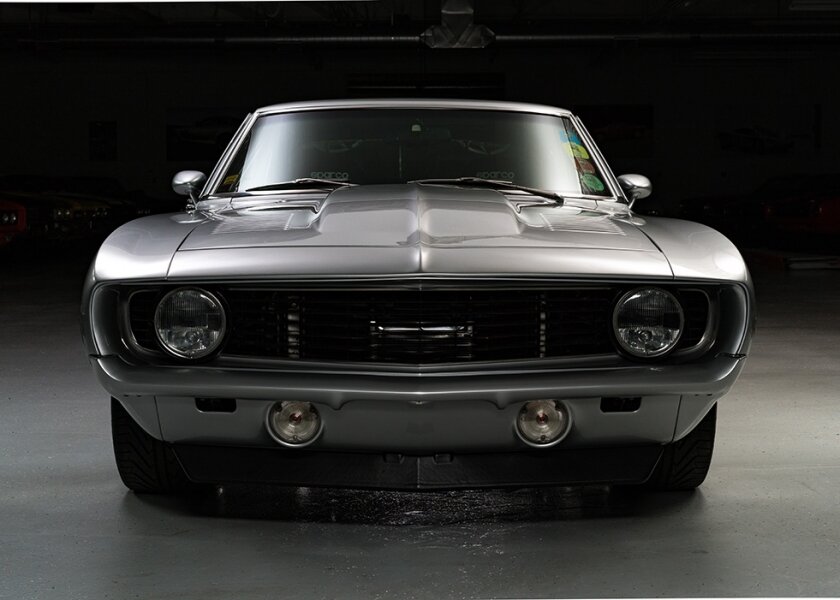
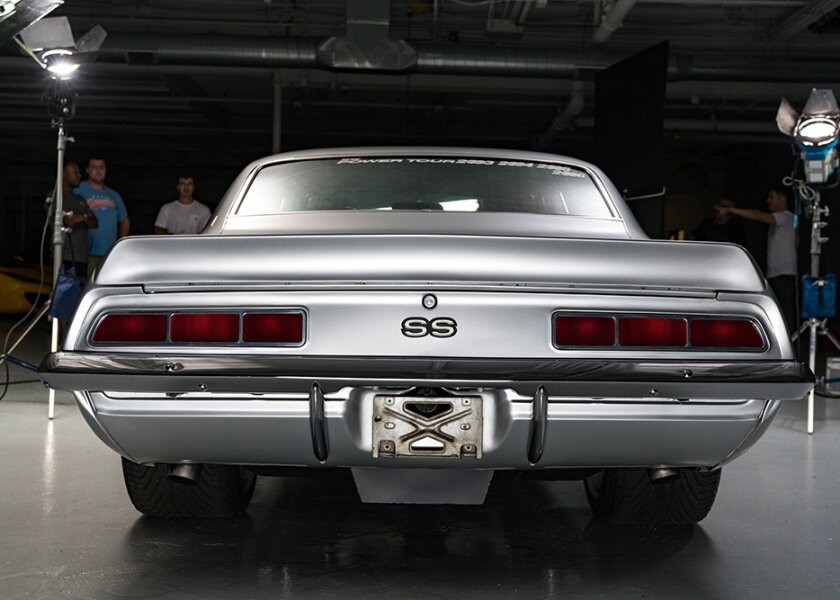
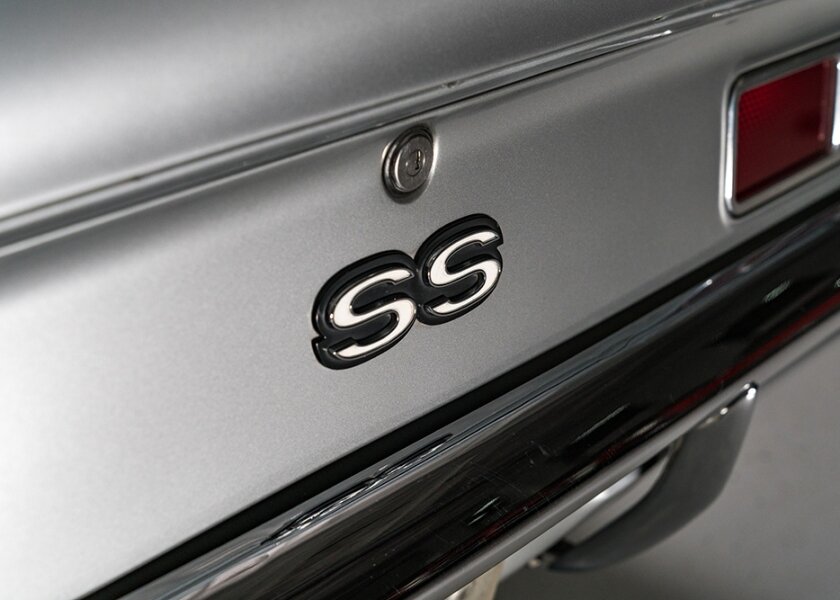
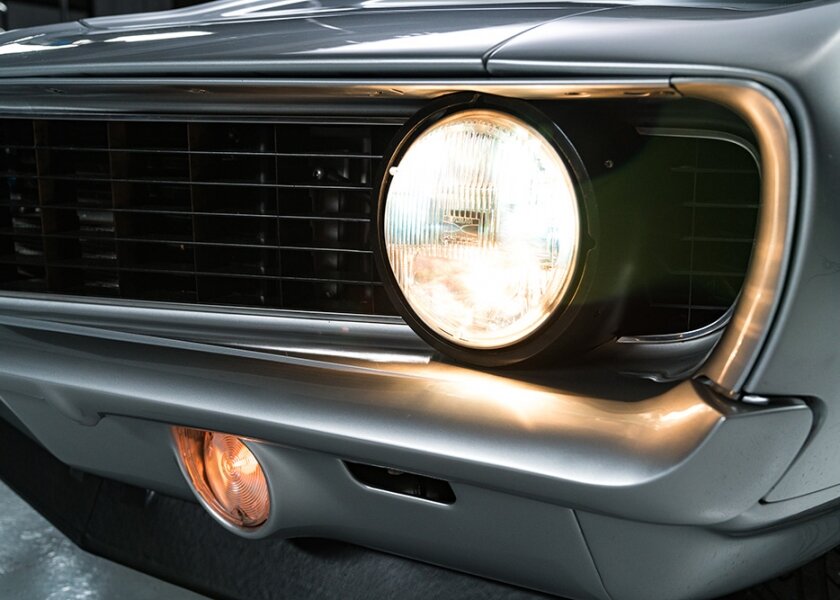


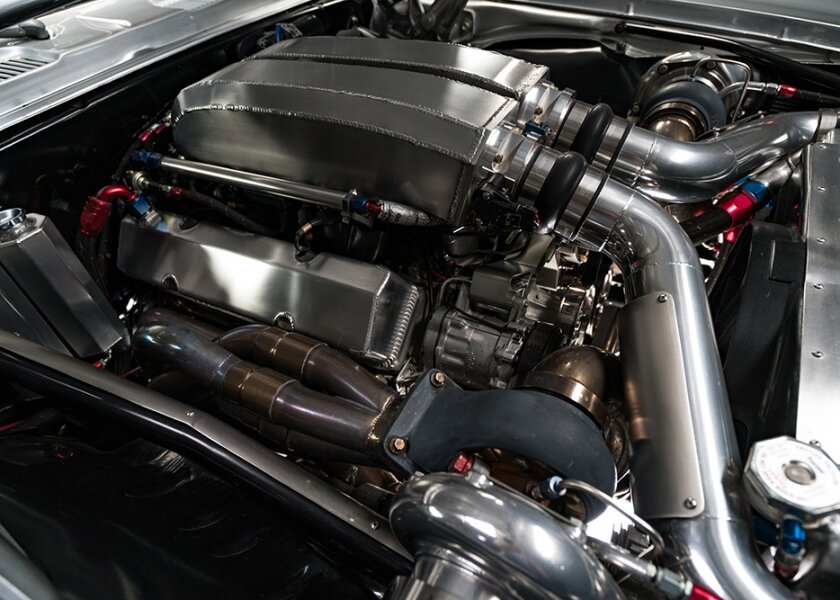
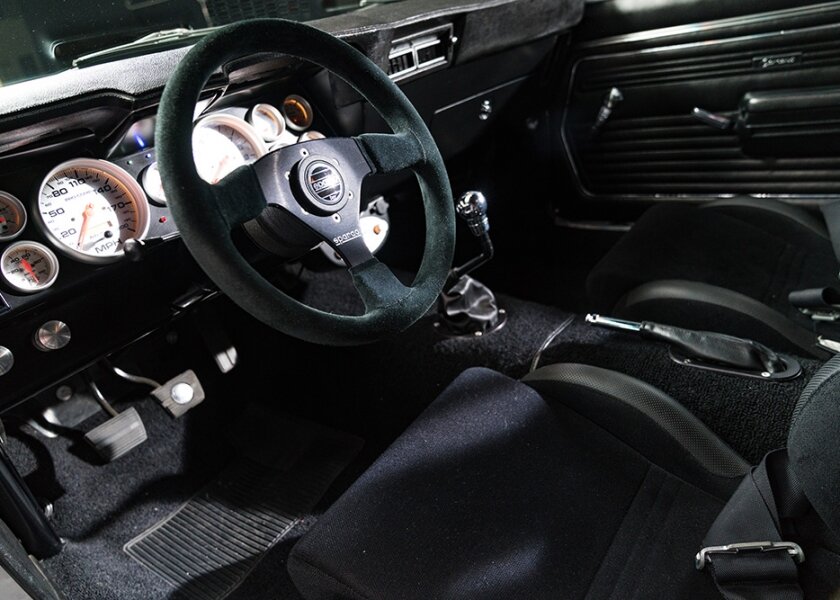
Specifications
Built by: Mark Stielow of GM Motors
Configuration: Custom twin-turbo-boosted front engine
Engine: V8
Displacement: 6.37L/388 cu. in.
Horsepower: 1021HP at 6,800RPM
Torque: 471 ft/lbs at 6,800RPM
Max RPM: 7,500 RPM
Transmission: Viper 6-speed manual
A Little History
Who is Mark Stielow?
Mark is the manager of Program Engineering for General Motors. He is one of the most respected Pro-Touring builders in the industry; by the time he started with the Mule, he already had a repertoire of over 30 builds. Pro-Touring, a term that Stielow created, refers to a style of classic muscle car with an enhanced suspension, brakes, and drivetrain, but that mostly retains its original external appearance.
The Customizations
As this is a Pro-Touring car, many of the customizations are not visible to the naked eye. The entire body of the car is fitted with a discreet roll cage. It can be seen in the engine compartment, behind the front seats, and all the way back to the trunk. Stielow left the body of the car mostly stock, with the exception of custom-building a hood to make space for the massive air intakes below. The most impressive part about this car is its engine- it is designed to either take to the store or take to the track without drawing too much attention. There are custom-made elements throughout the engine compartment that reflect his incredible craftsmanship and engineering background. For example, custom-made aluminum shields protect the roll cage and the cool-air intake from heat from the neighboring twin-turbos and headers. Stielow also custom-made all of the brackets found throughout the engine compartment. Perhaps the most long-lasting customization he did to the Mule was building the front and rear suspensions. In 2001, during the build of The Mule, most cars had a leaf-spring and solid-axle combination for their suspension. Stielow created a rear suspension with a four-link axle with coil-over springs for better shock absorbency and overall handling. The biggest difference between the two is that not only does the coil-over system disperse the workload better, but it is also adjustable for a harder or softer ride. The interior of the car was left almost entirely stock, except for the 5-point bucket seats and a custom gauge cluster for racing.
Did you know?
In an interview with Block Performance, Stielow was asked how the car was given its iconic name. He said it was because “at GM when [they] have a development property, [they] typically call it a ‘Mule’ property. So, it was supposed to be a test vehicle for a bunch of ideas [he] had.”
There is a small light on the tachometer that turns on when the driver should upshift in a race. This is so the driver can keep their eyes on the road without harming the engine.
















